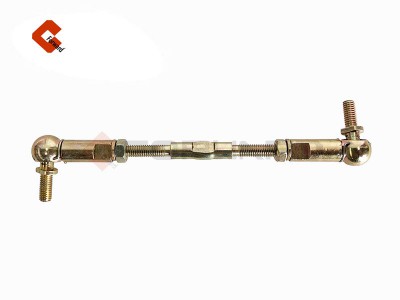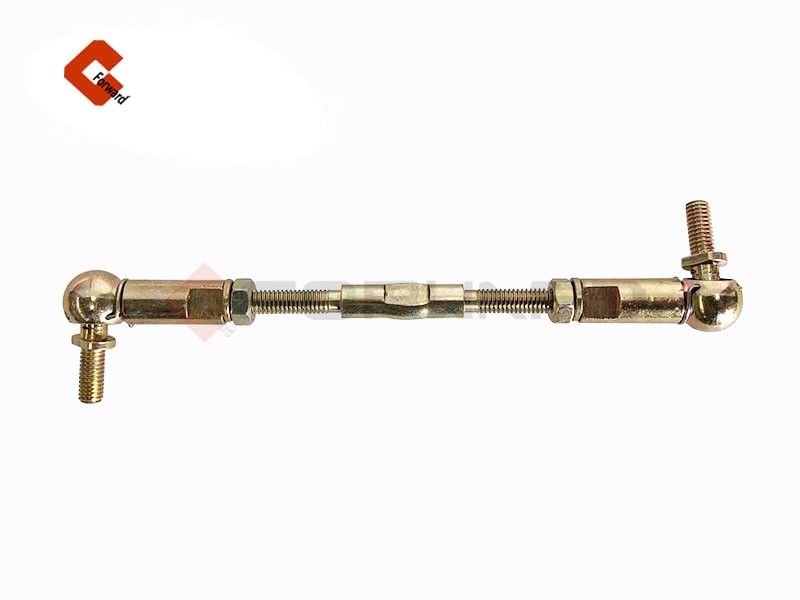1. Air charging state (increased vehicle load)
As the weight of the vehicle increases, the air spring compresses and the body begins to sink. The lever rotates up around the drive shaft, causing an eccentric pin to push the piston to the left and open the intake valve.
Compressed air from the main air side pushes the valve head, opens the check valve, and passes through the intake valve into the air spring.
For the vehicle air spring suspension control system, it is often required that when the load mass changes greatly, the height valve can quickly charge and exhaust air, so that the vehicle can quickly recover to the set height.
When the load mass of the vehicle changes slightly due to vibration and other reasons, the height valve keeps the pressure holding state. When the load mass change is relatively small, the height valve can be charged and
discharged at a slow speed, which can make the height valve transition to neutral position stably, and can also avoid frequent charging and exhaust of the height valve, and make reasonable use of the air source.
This has been reflected in the design of the height valve. From the piston rod structure, when the rotation Angle of the lever is small, there is only a very narrow gap between the piston rod and the inner wall of the valve body,
which can play a throttling role and reduce the charging speed. When the lever rotation Angle is larger, the piston rod continues to move to the left, the gap between the piston rod and the valve body becomes larger,
can improve the intake flow, to achieve the purpose of fast charging.
After the body is raised to the set position, the lever returns to the horizontal position, the height valve is again in neutral position, and the intake and check valves are closed.
2. Ventilation state (reduced vehicle load)
When the weight of the vehicle decreases, the air spring expands, the body begins to rise, the lever rotates downward around the drive shaft, and the eccentric pin pulls the piston rod to the right, opening the exhaust valve.
At this point the intake valve remains closed under the spring and the pressure on the valve head, cutting off the path between the general air and the air spring.
If the load mass of the vehicle decreases less, the air spring will exhaust slowly due to the throttling action of the piston rod. If the vehicle load mass decreases more, the piston rod rotation Angle is larger,
directly connected with the air spring and the piston rod exhaust channel, to achieve the purpose of rapid exhaust.
As the air pressure of the air spring decreases, the body gradually moves down, returning to the initial horizontal position, leaving the height valve in neutral position, and finally closing the exhaust valve.




 [VIP第8年] 指数:7
[VIP第8年] 指数:7 通过认证
通过认证 



